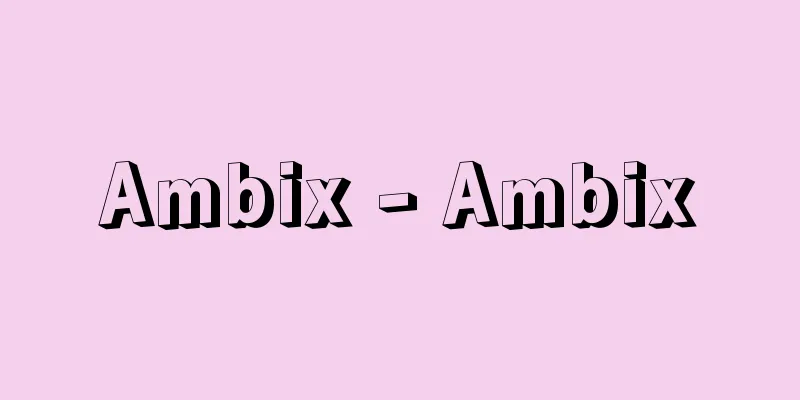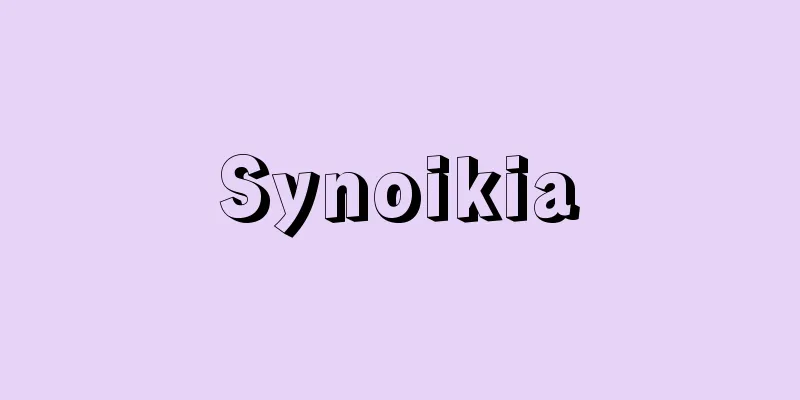Wall Newspaper - kabeshinbun

|
A primitive form of newspaper that conveyed information to the public by posting news and opinions in easily visible places such as the corridors or exterior walls of companies, schools, and other workplaces and public facilities, or on busy streets. Wall newspapers have been widely used since ancient times because they are easy and inexpensive to produce, and are effective in conveying information to a large number of people. Although the transmission of information through simple leaflets and posters has been seen since ancient times, it is said that the use of wall newspapers as a means of communication for the general public, who could not freely use the modern mass media as the so-called "fourth power," dates back to the time of the Paris Commune in the 1870s. Since then, the tradition of wall newspapers as a counter-media for the general public to oppose the mass media has continued unabated to the present day. Currently in Japan, wall newspapers are used by labor union movements and student movements, and some elementary and junior high schools have children and students making them themselves. In socialist countries such as the Soviet Union and China, workers and farmers were encouraged to create their own wall newspapers in factories and collective farms, but Soviet wall newspapers eventually became incorporated into the Soviet Union's overall organ newspaper system at the margins. In contrast, Chinese wall newspapers became active from the late 1930s after the Long March, and the tradition of free speech and expression continued even after liberation. The prosperity of simple wall newspapers created with paper, brush, ink, and paint is seen as an indication of the characteristics of China's socialist system rather than an indication of the backwardness of China's mass media, and they sometimes function more effectively and powerfully than newspapers, publishing, broadcasting, etc. In particular, since 1957 during the second Rectification Movement, China's wall newspapers, which had previously been called "wall newspapers," have come to be called "large character newspapers," and during the Cultural Revolution since 1966, even smaller "small character newspapers" have also appeared. Wall newspapers proved to be very effective in calling for liberalization after the downfall of the so-called "Gang of Four" in October 1976, but as wall newspapers critical of the leadership began to appear, the leadership began to prohibit such criticism in February 1980. They were also used in Japanese workplace labor movements. [Masao Takasu and Takashi Ito] Source: Shogakukan Encyclopedia Nipponica About Encyclopedia Nipponica Information | Legend |
|
企業や学校など職場や公共施設の廊下、外壁、あるいは人通りの多い街頭など人目に触れやすい場所に、ニュースや意見を書いて張り出し、民衆に情報を伝える原初的な新聞の一形態。 壁新聞は製作が容易で費用もかからず、しかも多数の人々に情報を伝達する効果があるので、古くから広く利用されてきた。単なるビラやポスターなどによる情報伝達は古代からみられたが、いわゆる「第四権力」としての近代マス・メディアを自由には利用できない民衆が、民衆自身の情報伝達手段として壁新聞を活用したのは、1870年代のパリ・コミューン時代にさかのぼるといわれる。それ以来、マス・メディアに対抗する民衆のカウンター・メディアとしての壁新聞の伝統は、現代に至るまで脈々と続いている。現在、日本では労働組合運動や学生運動で壁新聞が活用されているし、小・中学校などで、児童・生徒の手で壁新聞をつくっているところもある。 ソ連や中国など社会主義国では、工場や集団農場などで、労働者や農民が自主的に壁新聞をつくることが奨励されたが、ソ連の壁新聞は、やがてソビエト連邦全体の機関紙体制の末端の位置に組み込まれるようになった。これに対し中国の壁新聞は、長征後の1930年代後半から活発になり、解放後も自由な言論・表現の伝統が持続された。紙と筆と墨、絵の具によって創出される素朴な壁新聞の隆盛は、中国のマス・メディアの後進性を示すものというよりは、中国の社会主義体制の特質を示すものとみられ、ときとして新聞、出版、放送などよりも有効かつ強力に機能している。ことに第二次整風運動期間の1957年以来、それまで「壁報」とよばれた中国の壁新聞は、「大字報(だいじほう)」といわれるようになり、66年以来の文化大革命では、さらに小型の「小字報(しょうじほう)」も出現した。1976年10月のいわゆる「四人組」失脚後の自由化要求など、壁新聞は大いにその機能を発揮したが、その後指導部批判の壁新聞も出るようになるにつれ、80年2月以降、指導部は壁新聞による批判を禁止するようになった。日本の職場レベルの労働運動にも活用された。 [高須正郎・伊藤高史] 出典 小学館 日本大百科全書(ニッポニカ)日本大百科全書(ニッポニカ)について 情報 | 凡例 |
<<: Capetian Dynasty - Capétiens (French)
Recommend
Weaving Song - Hataoriuta
A folk song, a labor song sung while weaving. In t...
Biermann, L.
… Type I tails are gaseous and contain carbon mon...
Velvet mites
A general term for large mites of the family Trom...
Toyama clan
A warrior family of Mino in the Middle Ages and Ea...
Pawn shop - Shichiya
A business that lends money using goods (movables...
Venturi, A. (English spelling) VenturiA
…Italian art historian. Born in Modena. Became pr...
Eritrea - State of Eritrea (English spelling)
Overview A country in the northeastern part of th...
Yellow mercury - Ogoukou
…It is used as a disinfectant, antiseptic, and to...
Iseji - Iseji
Originally, this road was a route taken by people...
Juba I (English spelling)
...In response to the crisis, King Jugurtha's...
Turindo - Turindo
The stem is creeping, and after flowering, beautif...
Oma [town] - Oma
A town in Shimokita District, Aomori Prefecture, a...
Bridgestone Corp. - Bridgestone
Founded in 1931 as a spin-off of the tire division...
Alexis, G. (English spelling) AlexisG
... Farces also target all kinds of comical peopl...
aureus
… The gold standard was used during the imperial ...









